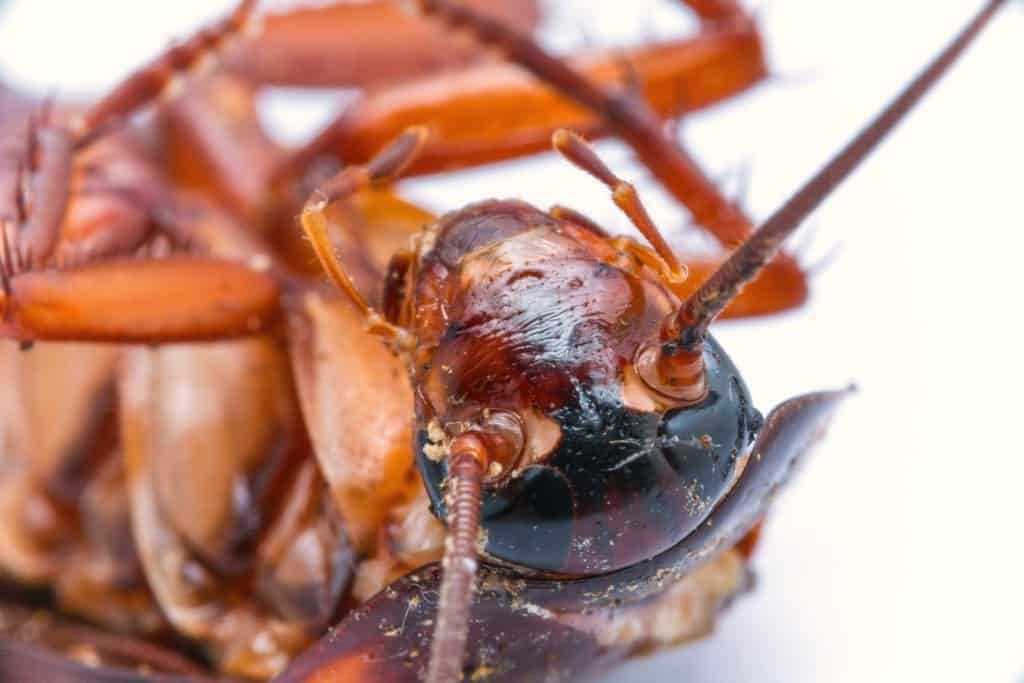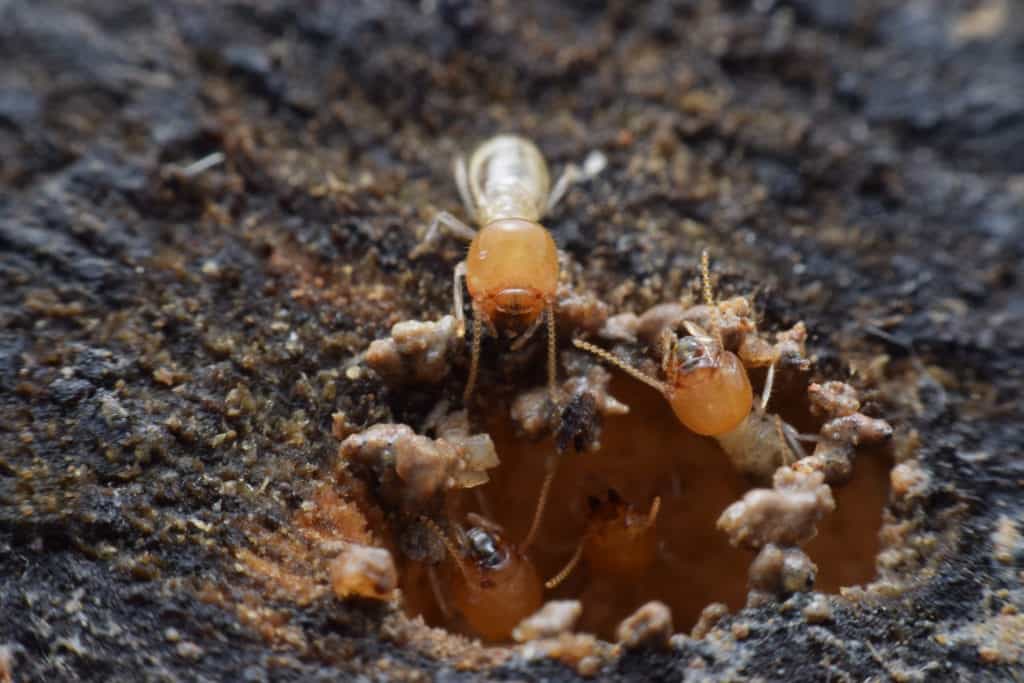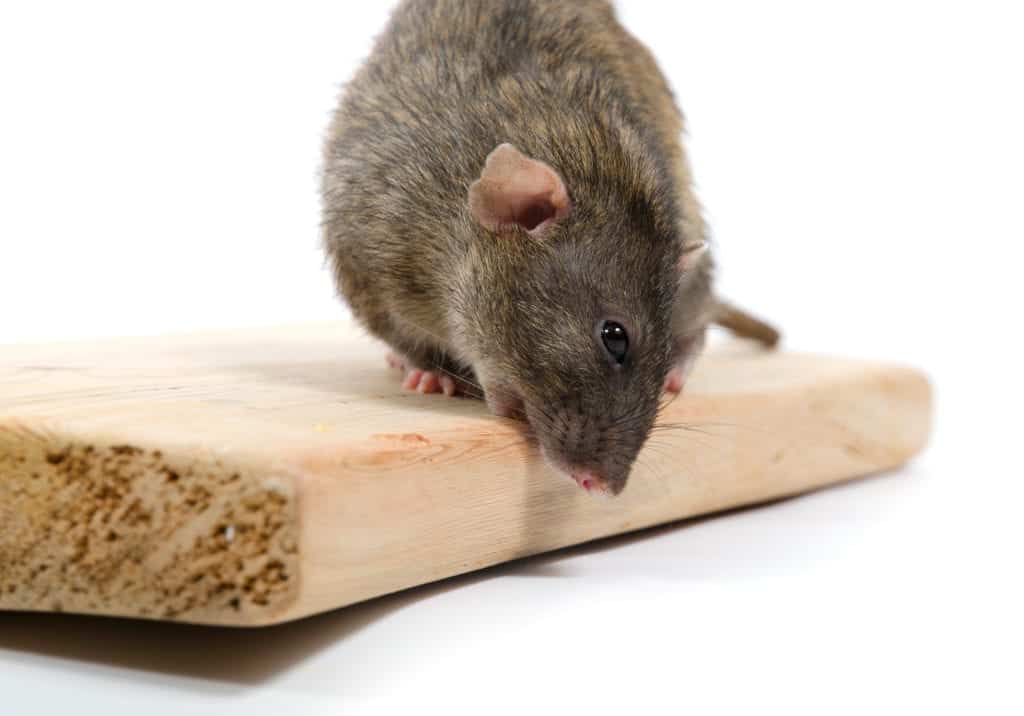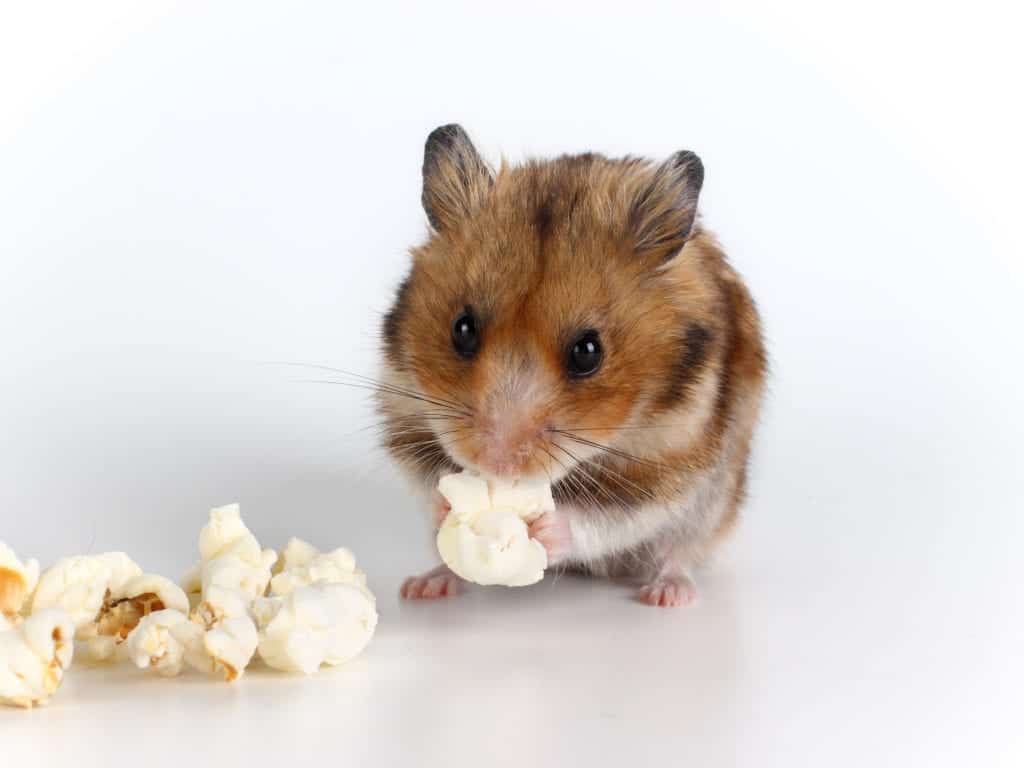Bites that Pack a Punch
Bites that Pack a Punch
Cockroaches
Roaches as a whole are notoriously known for eating almost anything they can chew, as such, the strength of their jaws garners significant interest amongst entomologists. Scientists from both the United Kingdom and Germany embarked on a series of experiments in order to test the bite force of American Roaches. During the testing, researchers were shocked to find that not only were the roaches not hesitant to bite down on the sensor device, but two roaches clamped down so hard, that they managed to chip their distal teeth. In total, the researchers collected data from 300 different bites that lead to the finding that with relation to their body size, the bite of American roaches is, on average, five times more powerful than that of the average human. Now the question is, ‘how can such a seemingly delicate and tiny head produce such massive force?’ Scientists are still looking into this phenomenon and suggest that discoveries in this area could yield new innovations in micro-robotics. 
Termites
Termites have the ability to cause damage on a massive scale. Each year, they are the perpetrators behind more than 5 million dollars in property damage in over 600 thousand homes just the United States alone. The damages resulting from these insects can range from minor cosmetic damage to the home to full structural failure. Typical termite colonies can consist of roughly 60 thousand termites. Depending on the specific species of termite and the size of the colony in question, termites can consume wood at a rate of up to 1 pound in just 24 hours. Furthermore, tests have revealed that the peak biting force of termites can be roughly 156.2 mN (meganewtons) or more. 
Rats
Rodents rely on the power of their teeth to survive. They are constantly gnawing on things and are notorious for their abilities to bore through hard substances such as wood, plastic, and even some metals. According to the Mohs Hardness Scale (a testing system developed by German mineralogist Friedrich Mohs in 1812 that ranks the hardness of materials from a scale of 1, being the softest, to 10, being the hardest) the teeth of both rats and mice rank at a value of 5.5. For a point of reference, diamonds rank at a value of 10, meaning that these rodent’s teeth are over half as hard as diamonds. Rat teeth are coated with a special kind of enamel that makes their teeth extra durable. This enamel is made of a crystalized form of the mineral calcium hydroxyapatite embedded in collagen. With these insanely strong teeth, it’s not surprising that they also have a very powerful bite force. When tested, it was discovered that rats have an average max biting force of 12 tons per square inch! To put this into perspective, great white sharks can only bite with up to 2 tons per square inch, and alligators can only snap with a force of 1.6 tons. Luckily, these pests are rather small so they don’t pose the same danger to us as a bite from large predatory mammals. 
Mice
While the bite force of rats is certainly stronger than that of mice, their jaws are still shockingly strong. In an experiment conducted by the American Society of Mammologists and published in a 2008 Issue of the Journal of Mammalogy, scientists used bite force detectors to measure the jaw strength of Peromuuscus leucopus (aka. The White-footed Mouse which is a type of Deer Mouse). Their investigation found that the maximum bite strength of these little creatures was positively correlated with the size of the individual, and could also be varied by their stress levels as well. 
Citations
Freeman, P. and Lemen, C. (2008) “Measuring Bite Force in Small Mammals with a Piezo-Resistive Sensor,” The Journal of Mammalogy, 89(2), pp. 513–517. Ginot, S., Herrel, A., Claude, J. and Hautier, L. (2019) “Morphometric models for estimating bite force in Mus and Rattus: mandible shape and size perform better than lever-arm ratios,” The Journal of Experimental Biology. doi: 10.1242/jeb.204867. How Fast do Termites Eat Wood – Avoid Structural Damage (no date) Investment Properties Info. Available at: https://www.investmentpropertiesinfo.com/learn/how-fast-do-termites-eat-wood/ (Accessed: November 2020). How Long Does it Take for Termites to Cause Extensive Damage? (no date) Architecture Art Designs. Available at: https://www.architectureartdesigns.com/long-take-termites-cause-extensive-damage/ (Accessed: November 2020). King, H. (no date) Mohs Hardness Scale, Geology.com – Geoscience News and Information. Available at: https://geology.com/minerals/mohs-hardness-scale.shtml (Accessed: February 10, 2021). Kuan, K.-C., Chiu, C.-I., Shih, M.-C., Chi, K.-J. and Li, H.-F. (2020) Termite’s Twisted Mandible Presents Fast, Powerful, and Precise Strikes, The United States National Library of Medicine & National Institutes of Health. Nature Publishing Group UK. Available at: https://www.ncbi.nlm.nih.gov/pmc/articles/PMC7289866/ (Accessed: February 10, 2021). Nuwer, R. (2015) A Cockroach Can Bite With a Force 50 Times Its Body Weight, Smithsonian Magazine. The Smithsonian Institute. Available at: https://www.smithsonianmag.com/science-nature/cockroach-can-bite-force-50-times-its-body-weight-180957246/ (Accessed: February 10, 2021). Understanding Rodent Gnawing (2019) Pestology. Available at: https://pestologyltd.co.uk/understanding-rodent-gnawing/ (Accessed: February 10, 2021).
Request a Free Quote Today
(We do not share your data with anybody, and only use it for its intended purpose)


